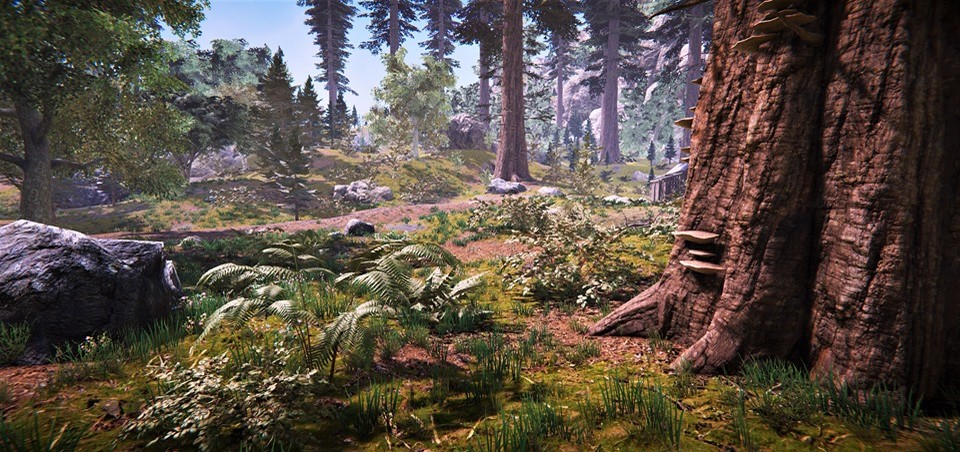

Comparing these results with those from previous studies of quasars with similar redshift, The supermassive black hole (SMBH) masses (MBH) were successfully estimated in 28 out of 37 observed objects from the combination of the Hβ emission. We present the results of new infrared spectroscopic observations of 37 quasars at z ∼ 3, selected based on the optical r ′-band magnitude and the availability of nearby bright stars for future imaging follow-up with an adaptive optics system. Our sample yields a strong broad absorption line quasar fraction of $\sim$24%, higher than the fractions in lower redshift quasar samples, although this could be affected by small sample statistics and selection effects. Using this quasar sample, we create a quasar composite spectrum for $z>6.5$ quasars and find no significant redshift evolution of quasar broad emission lines and continuum slope, except for a blueshift of the CIV line. The FeII/MgII flux ratios derived for these quasars up to $z=7.6$, compared with previous measurements at different redshifts, do not show any evidence of strong redshift evolution, suggesting metal-enriched environments in these quasars. The CIV - MgII emission line velocity differences in our sample show an increase of CIV blueshift towards higher redshift, but the evolutionary trend observed from this sample is weaker than the previous results from smaller samples at similar redshift. hole masses derived from the MgII emission lines are in the range $(0.3-3.6)\times10^\sim0.8$ and has a mean of 1.08, suggesting high accretion rates for these quasars. The spectra, taken with Keck, Gemini, VLT, and Magellan, allow investigations of central black hole mass and quasar rest-frame ultraviolet spectral properties. We report the results of near-infrared spectroscopic observations of 37 quasars in the redshift range $6.36.5$, forming the largest quasar near-infrared spectral sample at this redshift.

We find no correlation of the gas metallicity with the optical Fe II emission line strength in our small sample, contrary to a recent suggestion. We also find that the gas metallicity of the broad-line region is super-solar with ~3 Z/Z The Hβ-based Eddington luminosity ratios are in the range of ~0.2-0.7, with an average of LĮdd ratio distribution follows a lognormal distribution which is consistent with prior studies of quasars with comparable luminosity. This scenario is consistent with recent models of BH growth. ☉ in 2-3 e-folding times, i.e., in several 108 yr. Radiatively efficient accretion would further grow these BHs to masses of several 109M About 10% of the observed BH mass must have been accumulated by earlier merger events and radiatively inefficient accretion. The massive BHs we observe could not have grown by simple radiatively efficient accretion at the observed accretion rate starting from seeds of up to a thousand solar masses. The BH mass estimates using C IV λ1549 are on average smaller by about 60% than those based on Hβ. We also used Sloan Digital Sky Survey spectra to probe Mg II λ2798 and C IV λ1549 emission lines and used these for BH mass measurements as well. Using the standard scaling relation involving the width of the Hβ line and the continuum luminosity, we measure black hole (BH) masses in the range of ~2 × 109. With these rest-frame optical spectra we probe the Hβ- emission line region. We present near-infrared spectra of 10 luminous, intermediate-redshift quasars (z 2 Līol 1047 erg s–1), observed with SofI at the NTT of ESO/La Silla. We identify two Mgii λλ2796,2803 absorbers with rest equivalent width W λ2796 0> 1 ˚A at 2.2 1.5 ˚A at z> 3 in the spectra, with the two View full-text We estimate central BH masses of 109 to 10 10 M ⊙ and Eddington luminosity ratios of order unity.

The Feii/Mgii ratio of the quasars is 4.9 ± 1.4, consistent with low-redshift measurements. The metallicity is found to be supersolar with a typical value of ∼ 4 Z⊙, and a comparison with low-redshift observations shows no strong evolution in metallicity up to z ∼ 6. estimate gas metallicity in the broad-line regions of the quasars. We calculate line strengths for all detected emission lines and use their ratios to. The other source was observed in K band with Gemini-North/NIRI.

Five of them were observed using Gemini-South/GNIRS, which provides a simultaneous wavelength coverage of 0.9–2.5 µm in cross dispersion mode. We present Gemini near-infrared spectroscopic observations of six luminous quasars at z = 5.8 ∼ 6.3.


 0 kommentar(er)
0 kommentar(er)
